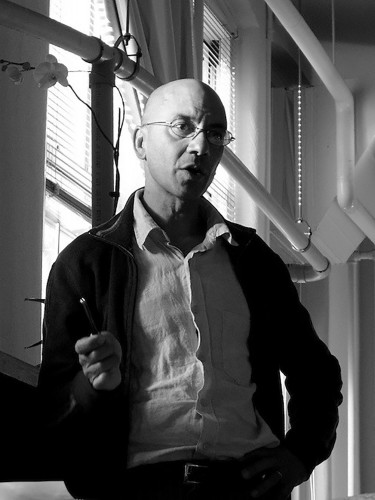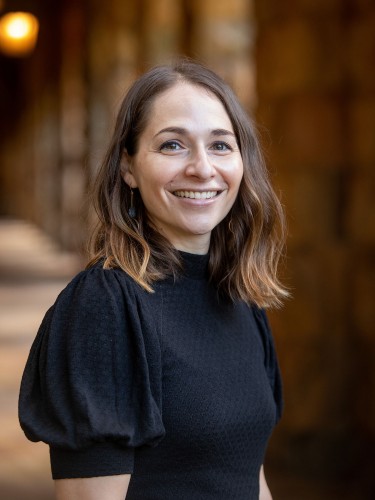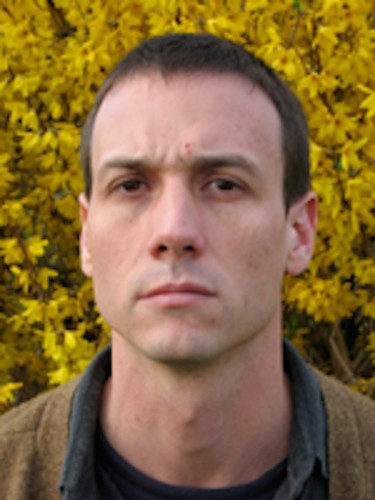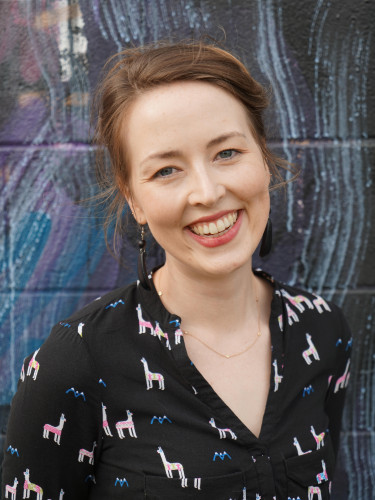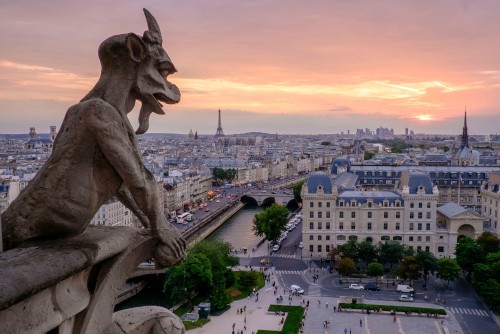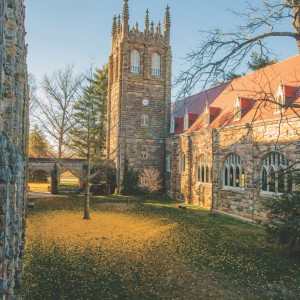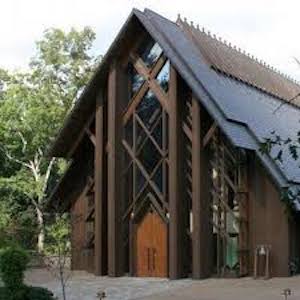Art asks us to focus on technical, aesthetic, and critical themes. It invokes response, recalls emotions, draws on memory, and encourages us to act. When we exhibit ourselves through creativity, we incite motion in the mind and soul.
Why study Art at Sewanee?
At Sewanee, you’ll have the opportunity to choose from six different disciplines in the art program: digital arts, drawing, painting, photography, sculpture, and video. Study documentary, motion, color, material, landscape, and much more.
As an art student at Sewanee, you’ll finish the major with a comprehensive examination that includes the preparation and presentation of a portfolio, participation in a senior exhibition, writing a thesis paper, and undergoing a defense of the portfolio and thesis.
First Destinations: Art Majors
Sewanee graduates secure positions in a variety of fields. Some you would expect, others are a bit of a surprise. Sewanee prepares you for your profession and your passion. Below is a sampling of recent graduates' first jobs.
- Intern/Research and Editorial Assistant, Photograph Conversation Department, National Gallery of Art, Washington, DC.
- Co-founder/Designer at Ninox apparel company, Boulder, CO
- Assistant Professor of Photography, Department of Art, Clemson University, SC
- Residency Director at the Wassaic Artist Residency
- Founder and Director of Stove Works
- Youth Program Coordinator, Peabody Essen Museum, Boston, MA
- Founder and Director of Torus Collective, NYC
- Gallery Director, Marylhurst University, Portland, OR
- Chief Arts Coordinator, Deny Park Fine Art, Seattle, WA
- Co-founder, Red Swan Walls, Baltimore, MD
GRADUATE SCHOOL & PRE-PROFESSIONAL PROGRAMS: ART MAJORS
Our Alumni have attended nationally recognized graduate programs including:
- Natalie Baxter, MFA University of Kentucky
- Angela Berry, Dual MFA and MA at California College of the Arts
- Charlotte Caldwell, MA New York University
- Grant Davidson, MFA San Francisco Art Institute
- Nicki Davis, MFA University of Cincinnati
- Andrew Doak, MFA Cranbook Academy of Art
- Lindsay Jesse, MFA California College of Art
- Andrew Lyman, MFA Boston University
- Lexi Namer, MFA University of North Carolina
- Lizzie McCleskey, MA, Harvard
- Caroline Minchew, MFA Virginia Commonwealth University
- Becca Campbell Watkins, MA American Univesity
- Brook Vann, MFA Virginia Commonwealth University
- Megan Vlaholplus, MFA Savannah College of Art and Design
FELLOWSHIP IN THE ARTS
Students with exceptional promise in performing or studio arts can apply for a Fellowship in the Arts. These fellowships range in value and are renewable for four years.
